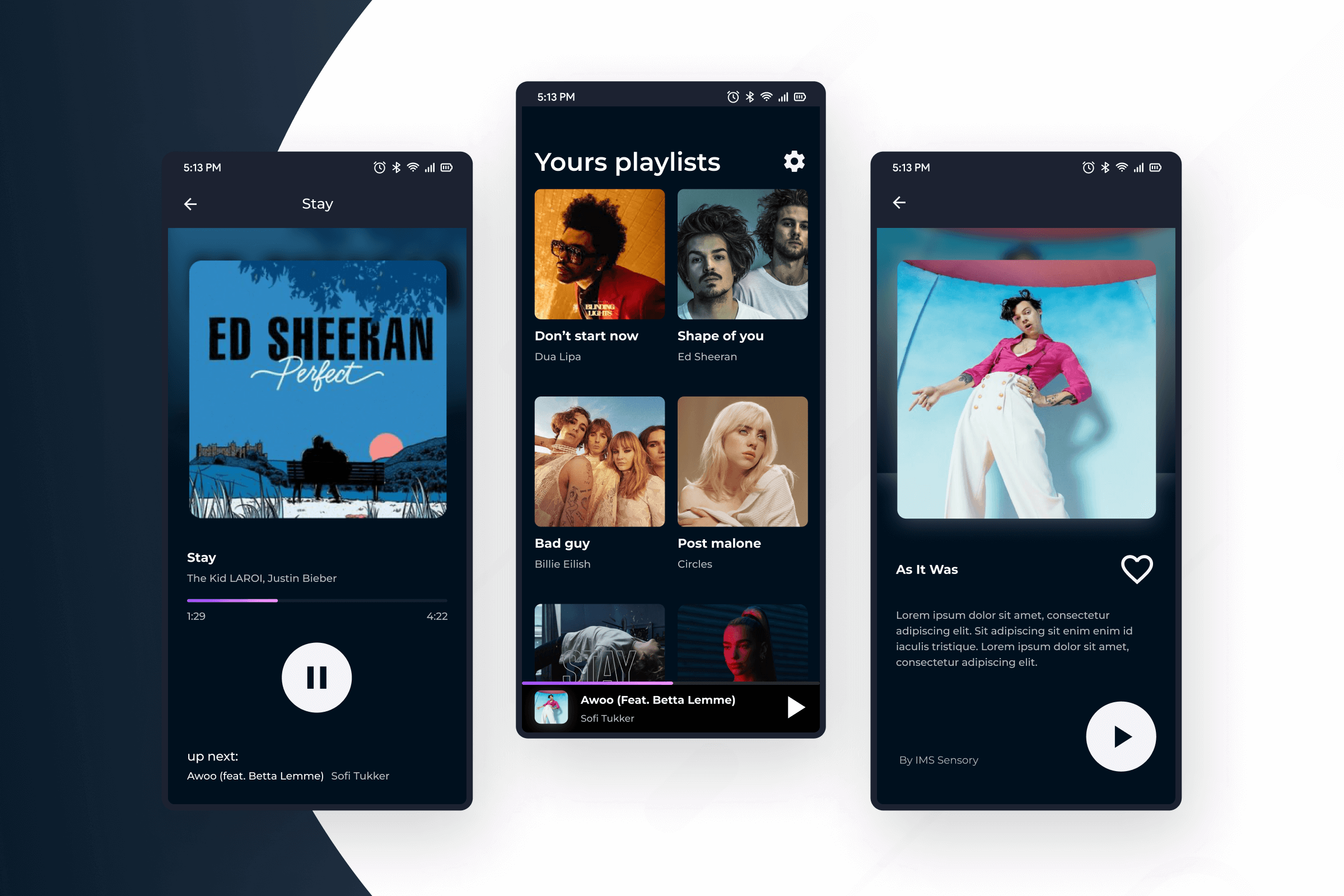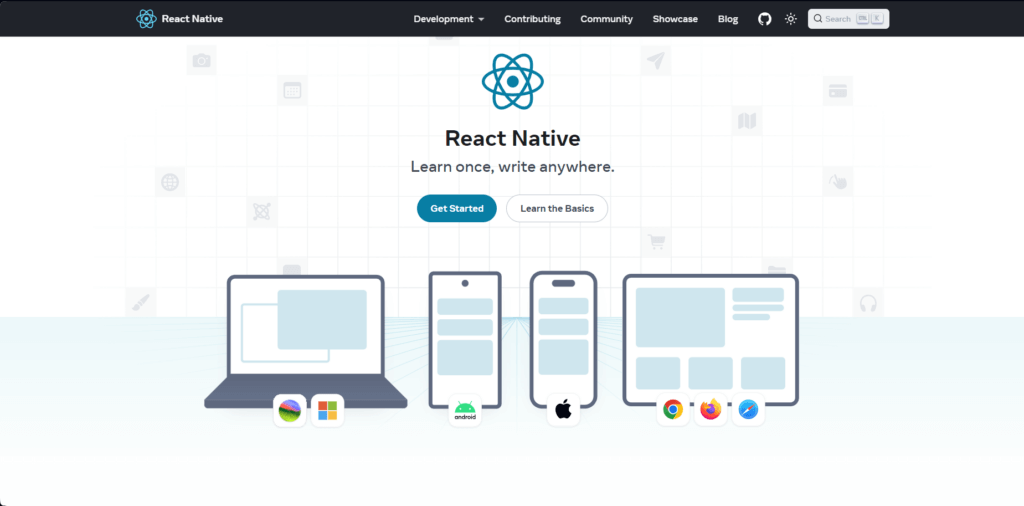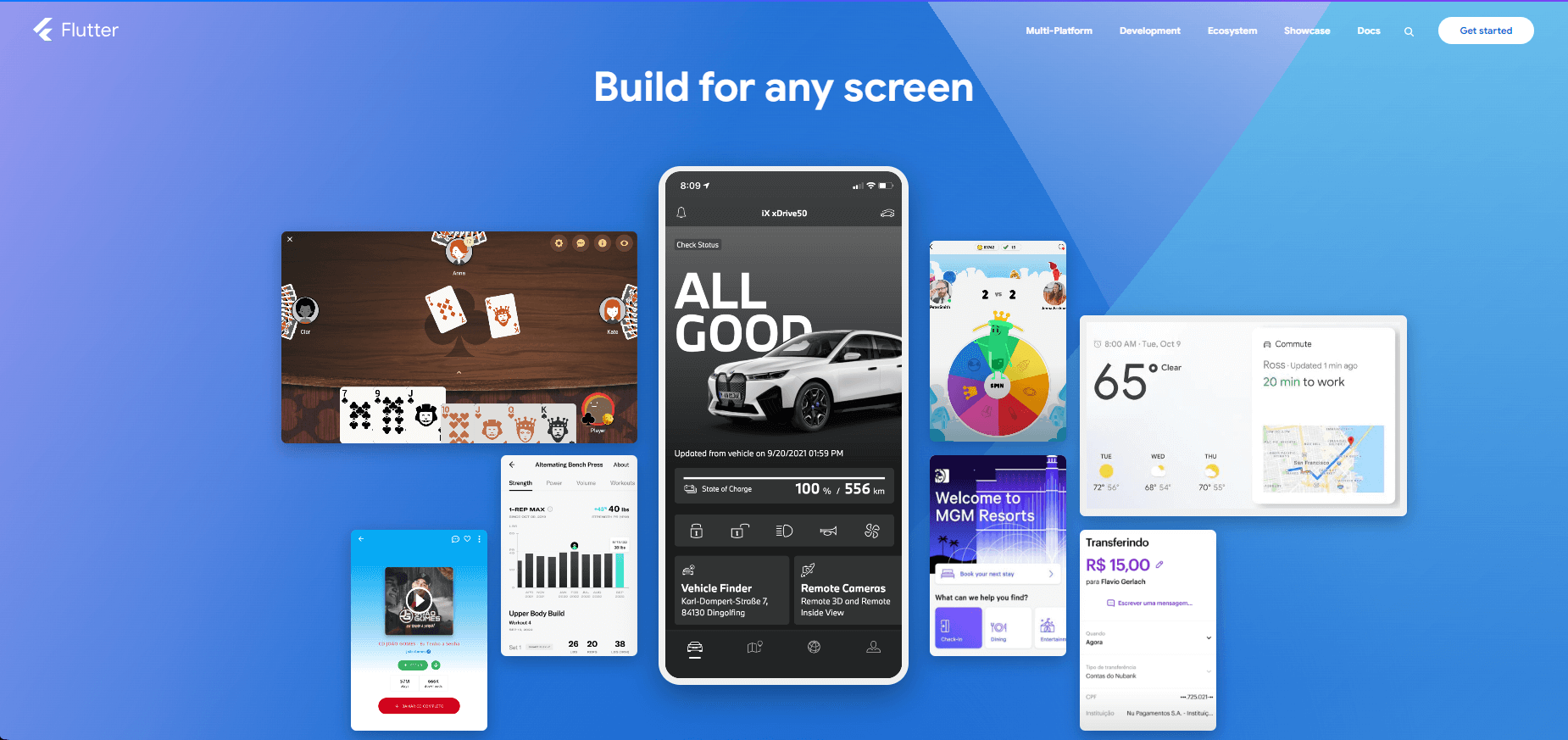Everlasting battle between iOS and Android brings innovative features and better performance to end users every single year. As someone who wants to have an app you might wonder – which operating system should I choose? Should I stick to one or launch two separate apps? That is where cross platform mobile app development comes into play. This option will not only solve the dilemma, but will also save you a lot of money, time and resources.
In this article you will find out about:
- Definition of cross platform mobile app development
- Benefits of cross platform apps
- Best mobile development platform
- Performance considerations
Understanding Cross Platform Mobile App Development
Before we start talking about details, let’s define what cross platform mobile app development actually is. In this paragraph you will learn the key concepts and biggest benefits of this approach.
Definitions and Key Concepts
Cross platform mobile app development refers to the practice of creating software applications that are compatible with multiple mobile operating systems, such as iOS and Android. This approach enables developers to write a single codebase that can run across various platforms, reducing development time and cost.
Benefits of Cross Platform Development
With cross platform apps, running on iOS and Android, development costs are significantly reduced as there is no need to hire separate teams or create multiple codebases. Maintaining and updating a single application is more cost-effective than managing separate ones for each operating system.
Additionally, this solution can be an incredible time saver. If one team is delegated to app development on both iOS and Android, it will take them significantly longer to launch the final product. The same logic applies to bug fixing - when a problem appears in both versions of the application, it has to be fixed separately, which takes time and resources. Cross platform apps do not have these issues, because it is the same line of code for multiple operating systems.
Are you interested in creating your own application on iOS and Android? Check our IMS Media Player.

Popular Cross Platform Mobile App Development Frameworks
After we established what multi-platform app development is, let's focus on the framework that will be used to write the codebase for our application. Market is filled with multiple options, so it is hard to decide which one is the best mobile development platform. In the following paragraphs I will introduce you to two of the most popular ones – React Native and Flutter.
Cross platform mobile app development - React Native Overview

React Native is the most popular open-source framework developed by Facebook that allows coders to work on app development for iOS and Android using a single codebase written primarily in JavaScript and React. It is estimated that around 32,000 apps have been created using this technology as of recent years.
Pros:
- JavaScript language
- Native UI components
- Strong Facebook support
- Large developer community
Cons:
- Performance limitations with complex animations or high-performance apps


The fact that React Native is built on JavaScript is one of its biggest advantages over other frameworks. JS is one of the most widely used programming languages in the world, which means that the community around it is huge.
It is also important to mention that the framework is using native UI components, like buttons or text fields, meaning the application behaves and feels like it is created for a certain OS. Because of that the user experience is much more natural compared to other frameworks.
All of those things put React Native in contention for being the best mobile development platform.
2025 update:
- Introduced support for Android 16 and faster precompiled iOS builds.
- Strengthened its new architecture with TurboModules and the Fabric renderer for better performance.
If you want to know more about it, check out React Native's official website.
Cross platform mobile app development - Flutter overview

In comparison to the previous framework, Flutter is a software development kit created by Google that uses Dart, which is a programming language introduced by the same company. Its syntax is very similar to JavaScript, Java or C#, so it is relatively easy to learn by the coder familiar with those technologies. Although this framework is the second most popular, it is not nearly as used as React Native - around 13,000 apps from the last couple of years are developed with the help of Flutter.
Pros:
- Rich widgets and customization
- Strong Google support
- Beautiful UI
Cons:
- Dart Language, which is less popular
- Fewer libraries than React Native
- Limited native modules
In Flutter, everything is a widget. These reusable elements define the structure, appearance and behavior of the UI. They are designed to be customizable, composable and performant and can represent buttons, layouts, text, animations and even entire screens. Developers are able to create complex user interface by nesting these widgets.
Another key feature of Flutter is its own rendering engine, which is Skia-based. While other app development tools mostly rely on platform-specific UI, this approach ensures greater control over the appearance of the app and guarantees that it looks and behaves the same across all operating systems.
2025 update:
- Added stateful hot reload on the web and experimental widget previews for faster development.
- Began separating Material and Cupertino libraries into standalone packages for quicker updates.
If you are interested in basing your app in this technology check Flutter's official webpage.
Performance considerations
The biggest question that is asked when choosing between native and multi-platform apps is: "Will there be a difference in performance?". And while this could be a problem in the past, nowadays React Native and Flutter hold it to a near-perfect standard.
Speed and responsiveness
Let's talk about how the most popular multi-platform app development frameworks handle speed and responsiveness issues. Flutter deals with it using its own rendering engine, which allows the app to achieve highly responsive UI and native performance even for complex animations. Additionally, Google’s framework uses Ahead-of-Time compilation. This technology allows the app to execute quickly on the device’s processor and it leads to a better overall performance.
On the other hand, React Native renders UI using a bridge between JavaScript and native components. For the majority of the apps it will not make any difference in comparison to OS-dedicated ones. Even when the application requires a really high performance, competent team of developers should be able to deliver near-native user experience.

Resource management
In the process of app development for iOS and Android, coders have to efficiently handle the resources such as CPU, memory, battery usage, network bandwidth and data storage. This has to be done to make sure that the UX will be smooth and optimal.
For example, let's compare file handling as an aspect of resource management, specifically focusing on how each framework manages file system access. React Native uses JavaScript, so the handling process is more straightforward and familiar for web developers. JS's async/await functionality, combined with file system libraries, makes file handling operations more efficient. Flutter uses Dart package, which requires more manual handling of async operations.
Another example could be memory management:
Optimization techniques in cross platform mobile app development
As we established earlier, both React Native and Flutter have some issues that have to be addressed. Even though they can be a problem, there are multiple techniques that the developers can use to overcome these difficulties.
In case of the memory, coders will avoid large and unnecessary objects or limit background operations to avoid excessive usage. This will allow the app to run smoothly and not overwhelm the device's RAM. React Native and Flutter also have tools that empower developers to improve memory consumption and track down leaks.
Cross platform apps can be optimized in many different ways. From the CPU, data storage and network management, through battery consumption all the way to app size optimization. There are a lot of ways for the developers to make sure that the user experience is flawless.
If you want the best team to develop your app check out our Cross Platform Mobile App Development offer.
FAQ
What factors should I consider in deciding whether to build a cross-platform application or not?
The biggest factor that you should consider when making this decision is the purpose of the application. If your app requires gaming-level animations and incredibly high performance, then native app should be your choice. Otherwise, cross-platform one will be more efficient.
How does size compare between cross-platform and native apps?
Typically the size of the cross-platform apps will be slightly bigger than the native ones. This is because they include additional libraries and runtime environments.
Are there any other popular cross platform mobile app development frameworks?
Apart from React Native and Flutter, which we mentioned earlier, there are some other frameworks that can compete for the title of the best mobile development platform: Xamarin (created by Microsoft), Ionic and Apache Cordova.
Can cross-platform apps access native device features (e.g., GPS, camera)?
Yes, most of the frameworks offer APIs or plugins to access native device features.







